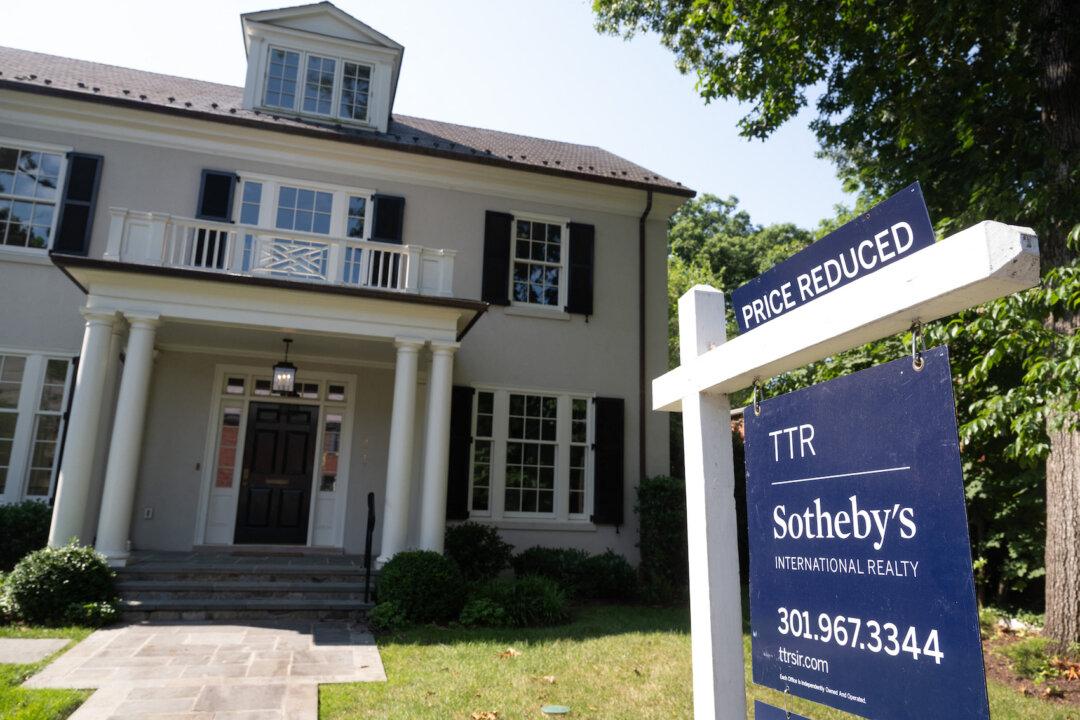The COVID-inspired remote work experiment is coming to an end, with more and more employees being called back to the office. That call has caused a shift in where people live and buy homes in 2023. According to a new report from the National Association of Realtors (NAR) and Realtor.com, the median distance between the home that buyers purchased in the past few years and the one they purchased this year was much closer to their jobs, just 20 miles away, compared to 70 in 2022. This trend has significantly affected states like Florida and towns like Austin, Texas, which saw a massive influx of residents who retreated there while their work was remote.
Erin Sykes, chief economist and real estate wealth adviser at Nest Seekers International in Florida, says not only are workers being called home at increasing levels, but also they have found that the home deals they thought they were getting just haven’t materialized.
“I’ve had clients that purchased during COVID who thought remote work would last forever and they could be flexible in perpetuity,” Ms. Sykes told The Epoch Times. “A lot of people who moved to Florida rationalized that with a lack of state income tax, they could work remotely and claim Florida residency. What they didn’t account for is our property taxes and utility costs. For some reason, they thought they could escape the cost of living.”
Realtor.com reported this month that home sales in city-based suburbs have rebounded to 47 percent compared to 37 percent in 2022.
“Last year there was a big shift in where people were buying, especially in rural areas and small towns, attributed maybe to the remote work they were getting,” Brandi Snowden, director of the NAR’s Member and Consumer Survey, said to The Epoch Times. “But this year, a lot of those workers realized they need to be working in the office again and the purchases in the suburbs have increased, while the small towns have decreased in sales.”
One city affected by the return to the office is Austin’s popular remote work getaways, where, according to residential real estate brokerage and mortgage origination service Redfin, some realized that Austin was not a good long-term fit. Redfin’s Austin-based real estate agents reported that some formerly remote workers moved back to their home city after being called back to the office. Others have left to be closer to major job hubs in a slowing labor market.
Ms. Snowden said that many of those deciding to move to the suburbs also have the income to do so. “Home prices are continuing to increase, but so did household income. The successful buyers in the market are those with higher incomes who can afford the prices for homes closer to the city and the suburbs.”
Some homeowners are having to move to keep their current jobs, no matter the expense to do so. With a lack of inventory, many of them have been waiting months and years in some cases for mortgage rates and asking prices to come down again. But no signs in the economy suggest that will happen anytime soon.
According to Bankrate, the U.S. median sale price for an existing home in September was $394,300, the third consecutive month of year-over-year price increases. Bankrate chief financial analyst Greg McBride said the high prices are not going away anytime soon. “As long as the economy continues to motor along, the new normal of higher rates is here to stay. A sharp economic slowdown would bring mortgage rates materially lower, but be careful what you wish for.”
Redfin reports that in just half five years, the median price of a single-family house in Florida rose $150,000, or 60 percent. Ms. Sykes says that whether homebuyers are looking for homes to stay in Florida or returning to where they moved from during the pandemic, they’d better have a lot of income and cash on hand.
“I’ve had plenty of clients in the great Palm Beach area, for instance, that have a $250,000 family income with both spouses working and they can’t find anything at the price they want or they can’t even fathom coming up with 20 percent down. Cash buyers, which are most of what I’m seeing right now, have at least a $500,000 income.”





